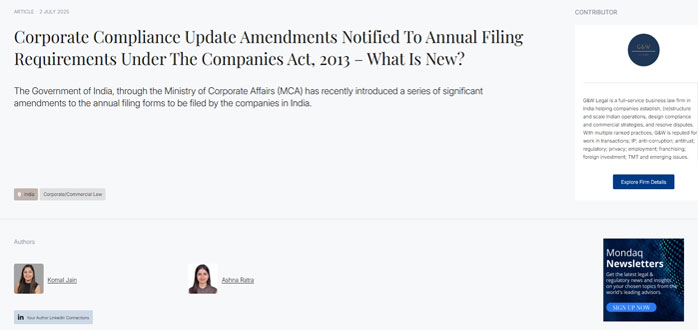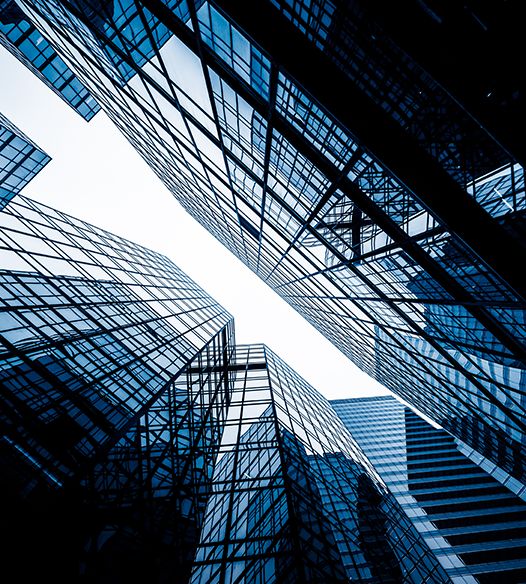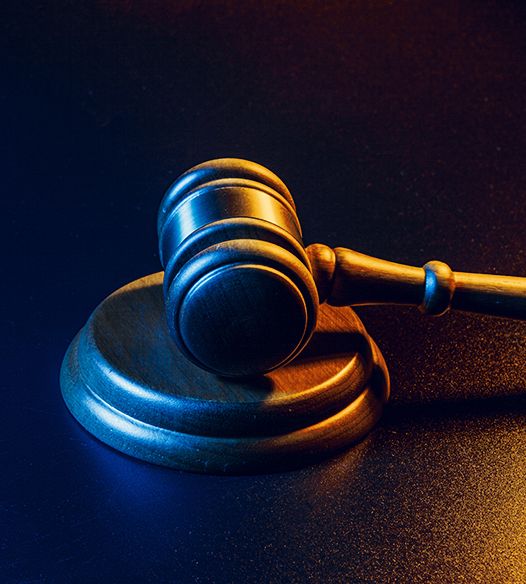
Introduction
With practices and processes in India returning to some semblance of normalcy in 2022 after almost two years of covid-19-induced disruptions, the past year has been quite eventful. The Indian IP landscape witnessed various notable developments in the realms of policy, practice and procedure, as well as jurisprudence. This article summarises the key changes and developments to provide an overview of the prevailing legal scenario in India. Additionally, wherever applicable, this article also discusses policy gaps and regressions that emerged in 2022, along with expected changes and trends for 2023.
Policy changes
New Intellectual Property Division and rules at DHC
Since the Intellectual Property Appellate Board (IPAB) was dissolved in mid-2021, there has been uncertainty surrounding the way forward – both in terms of the fate of the matters pending before the (erstwhile) IPAB, as well as in terms of the expected processes and procedures of the successor forum.
While such uncertainty is not yet entirely resolved, 2022 saw significant progress. The Delhi High Court (DHC) created a first-of-its-kind carve out – the Intellectual Property Division – for the streamlining and adjudication of IP disputes, including matters that were pending before, and transferred from, the Delhi branch of the erstwhile IPAB. To that end, the DHC notified its Intellectual Property Rights Division Rules on 24 February 2022. Since then, a regular roster of judges at the DHC has been adjudicating pending and fresh IP matters, which has resulted in IP litigation at the DHC level being concluded faster.
The creation of a dedicated division for IP disputes at the DHC has resulted not only in the interpretational nuances of the applicable law coming to the forefront, but also in an uptick in the Court’s acceptance of actual damages being awarded in cases of IP infringement – including an increase in exemplary monetary damages, especially against habitual offenders.















